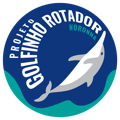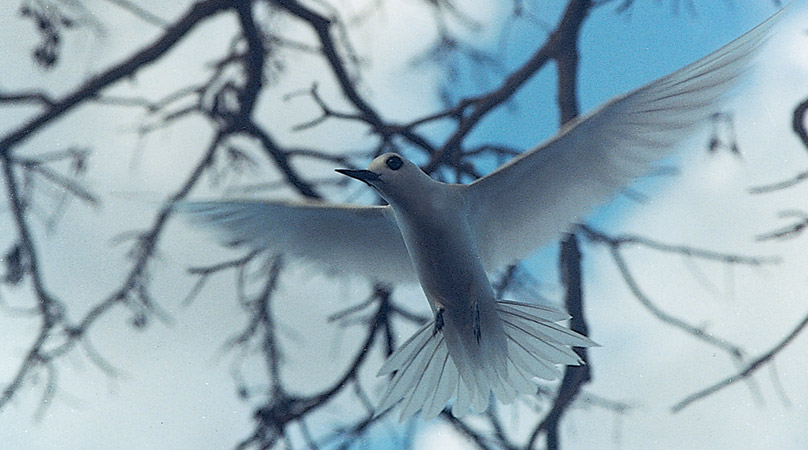The environmental characteristics of Fernando de Noronha are the ones expected for a tropical oceanic archipelago, with high dynamism and well defined cycles.
The flora of Fernando de Noronha is characterized by low diversity and highly opportunistic species.
Fernando de Noronha´s vegetation is defined as deciduous seasonal forest with few arboreal species and many shrubs and herbaceous, but in general, with little biological diversity. Studies indicate the occurrence of 455 species of 79 families of plants on Fernando de Noronha.
The species of algae found around the Archipelago of Fernando de Noronha are of wide geographic distribution or are typical of tropical regions. In the region of Fernando de Noronha there is mentioned the occurrence of 198 species of algae, being 53 of Chlorophyta, 52 of Phaeophyta and 93 of Rodophyta.
Fernando de Noronha´s fauna is characteristic of tropical oceanic island ecosystems, where animals have difficulty in reaching, colonizing and reproducing. The terrestrial animals that reached Fernando de Noronha were brought by the aerial plankton, on the feet of birds or by floating objects. Marine animals came through ocean currents and the birds came flying. Noronha’s biodiversity has similarity to the African, the Bahamian and the Brazilian coast.
- Flora
-
The flora of Fernando de Noronha is characterized by low diversity and highly opportunistic species.
Fernando de Noronha´s vegetation is defined as deciduous seasonal forest with few arboreal species and many shrubs and herbaceous, but in general, with little biological diversity. Studies indicate the occurrence of 455 species of 79 families of plants on Fernando de Noronha.
The species of algae found around the Archipelago of Fernando de Noronha are of wide geographic distribution or are typical of tropical regions. In the region of Fernando de Noronha there is mentioned the occurrence of 198 species of algae, being 53 of Chlorophyta, 52 of Phaeophyta and 93 of Rodophyta.
- Fauna
-
Fernando de Noronha´s fauna is characteristic of tropical oceanic island ecosystems, where animals have difficulty in reaching, colonizing and reproducing. The terrestrial animals that reached Fernando de Noronha were brought by the aerial plankton, on the feet of birds or by floating objects. Marine animals came through ocean currents and the birds came flying. Noronha’s biodiversity has similarity to the African, the Bahamian and the Brazilian coast.






